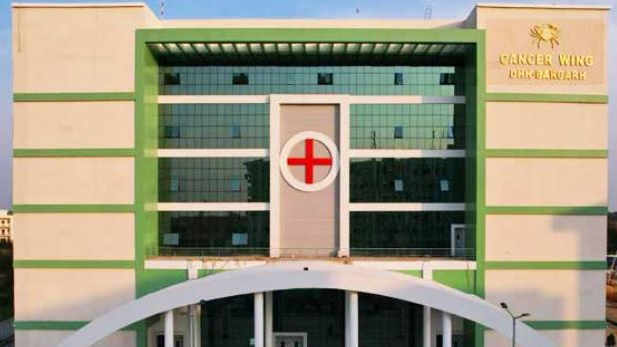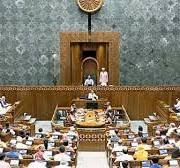By: Aswini Kumar Darjee
New Delhi/ Bhubaneswar-As the Government of India takes a decisive step toward decentralizing cancer treatment by approving over 200 Day Care Cancer Centres (DCCCs) for the financial year 2025-26, a glaring omission has stirred concerns—Odisha has not found a place on the list. This development, announced by Union Health Minister Prataprao Jadav in the Lok Sabha, has deepened worries in regions like Bargarh, where the demand for accessible cancer care is longstanding and urgent.
The DCCC initiative, funded under the National Health Mission (NHM), aims to bring essential cancer care services—including chemotherapy and follow-up treatment—closer to patients through district-level government hospitals. With a sanctioned cost of up to ₹1.49 crore per centre, this scheme is designed to reduce the treatment burden on tertiary hospitals and ensure early intervention at the local level.
The centres have been allocated based on a rigorous gap analysis conducted by the Ministry of Health & Family Welfare and the Indian Council of Medical Research (ICMR), relying on cancer registry data to identify high-need districts. While states like Uttar Pradesh, Maharashtra, Bihar, West Bengal, and Telangana are receiving multiple centres, Odisha’s exclusion has raised critical questions, particularly from the people of western Odisha.
Nowhere is this concern felt more deeply than in Bargarh district. Years of public demand led to the foundation of a cancer hospital in the region—a long-awaited milestone for a district with a growing number of cancer patients. Former Chief Minister Naveen Patnaik had even inaugurated the facility in the run-up to the previous general elections. However, the hospital remains largely a non-functional shell, with no full-fledged services, infrastructure, or staffing in place.
With the change in political leadership and the formation of a BJP government in Odisha, hopes were rekindled that the cancer hospital in Bargarh would finally become fully operational. Yet despite repeated appeals from local communities and public health advocates, there has been no concrete step toward making the hospital fully functional. The absence of Odisha from the Centre’s latest DCCC rollout has only added to the region’s frustration, signaling continued neglect in national healthcare planning.

The case of Bargarh stands as a stark reminder that infrastructure without operational commitment serves little purpose. The district’s cancer hospital, which should have been a beacon of hope for rural cancer patients, lies underutilized while nearby states benefit from newly approved DCCCs.
This ongoing uncertainty leaves Bargarh residents disillusioned. Many feel they have been misled by both past promises and current political rhetoric. The expectation from the new BJP-led state government was a proactive approach in pushing Odisha’s case at the Centre. Instead, what they have witnessed is silence and inaction—raising doubts about whether political transition has brought any real change for healthcare in underserved regions like western Odisha.
The Centre’s strategy to enhance grassroots-level cancer care through DCCCs is undoubtedly a step in the right direction. It reflects a forward-looking approach to healthcare decentralization and resource optimization. However, such policies must not overlook regions like Odisha, where the disease burden is rising but the infrastructure remains weak.
If cancer care is to be truly inclusive and equitable, Odisha—especially districts like Bargarh—must not be left behind. The state needs immediate attention not just in name but in practical implementation, with fully equipped hospitals, trained medical personnel, and functional day care centres that cater to the increasing number of cancer patients. Only then can the vision of universal cancer care be fulfilled, and only then will promises made to places like Bargarh move from headlines to healing.






